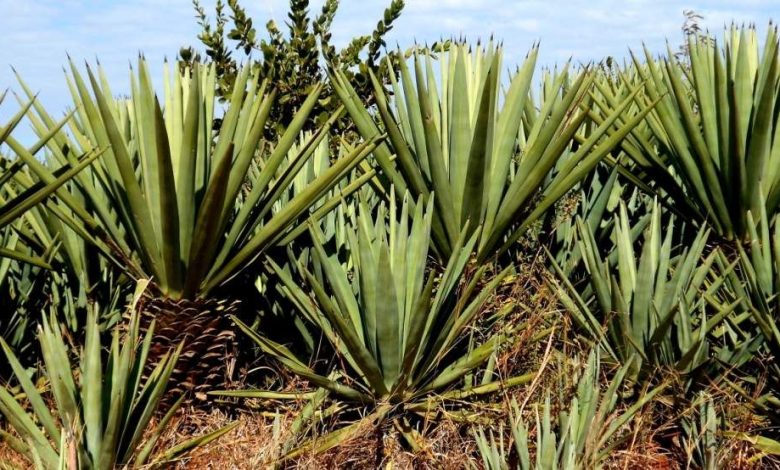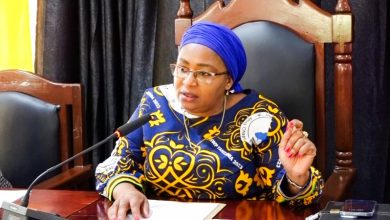New sisal factory brings hope to Handeni farmers

TANGA: MORE than 5,000 sisal farmers in Tanga Region are set to benefit from improved market access and better prices for their produce, following the construction of a modern sisal processing factory at Taula Village in Handeni District.
The factory, developed by the Tanzania Sisal Board (TSB), is part of a government-backed initiative to revive the once thriving sisal industry in Tanzania.
The project has already attracted over 710m/- in investment and is expected to create at least 150 direct jobs.
It is also anticipated to stimulate local economic activity by supporting small and medium-sized enterprises that will provide goods and services to the factory and its workers.
During a recent site visit by members of the TSB Board of Directors, the Board’s Vice-Chairperson, Professor Esther Dungumaro, said the factory is one of several key initiatives aimed at revitalising the sisal sector across the region.
The board also toured the Kibaranga sisal plantation in Muheza District, where infrastructure upgrades are underway, as well as the Mruazi livestock farm.
“Tanga is the heart of Tanzania’s sisal industry and we are determined to restore its former glory. Handeni is one of several districts where the board is constructing new processing facilities to support farmers and enhance production,” Prof Dungumaro said.
She noted that Tanzania’s sisal sector, once a leading contributor to the national economy had declined over the years due to outdated processing equipment and limited capacity.
“Thanks to the leadership and vision of President Dr Samia Suluhu Hassan, who has prioritised sisal farming, we are tackling one of the biggest challenges –lack of modern processing infrastructure,” she said.
The president directed that new factories be established to assist smallholder farmers in processing their sisal locally.
ALSO READ: Sisal board collects 507m/- from zero three year back
Prof Dungumaro said the TSB, in collaboration with the Ministry of Agriculture, has already begun construction efforts in Handeni and plans to expand to other sisal-growing districts including Lushoto, Korogwe and Mkinga.
Local leaders at Taula Village have welcomed the development, describing the factory as a transformative project for the community.
Village Chairperson Zaina Mohamed said the factory is already generating employment and offers long-term benefits.
“This factory is a blessing to our community. It has created jobs during its construction and will continue to provide employment and income opportunities once operational,” Ms Mohamed said.
Paulo Haule, Chairperson of the Kibaranga Cooperative Society, added that the ongoing renovations at the Kibaranga plantation will further boost economic prospects for local residents.
Tanzania is currently the world’s third-largest producer of sisal, after Brazil and China. Tanga Region accounts for more than 90 per cent of the country’s sisal output.
However, despite its potential, the sector has long struggled with outdated processing infrastructure, poor market linkages and under-utilised capacity.
Tanzania currently produces between 40,000 and 45,000 metric tonnes of sisal fibre annually well below its peak of over 200,000 tons in the 1960s.
With new government initiatives such as the construction of modern processing plants and support for smallholder farmers, the country aims to increase annual production to over 120,000 tons in the coming years.
With global demand for biodegradable and ecofriendly fibres on the rise, experts believe sisal could play a key role in driving rural economic transformation and supporting sustainable development across Tanzania.





